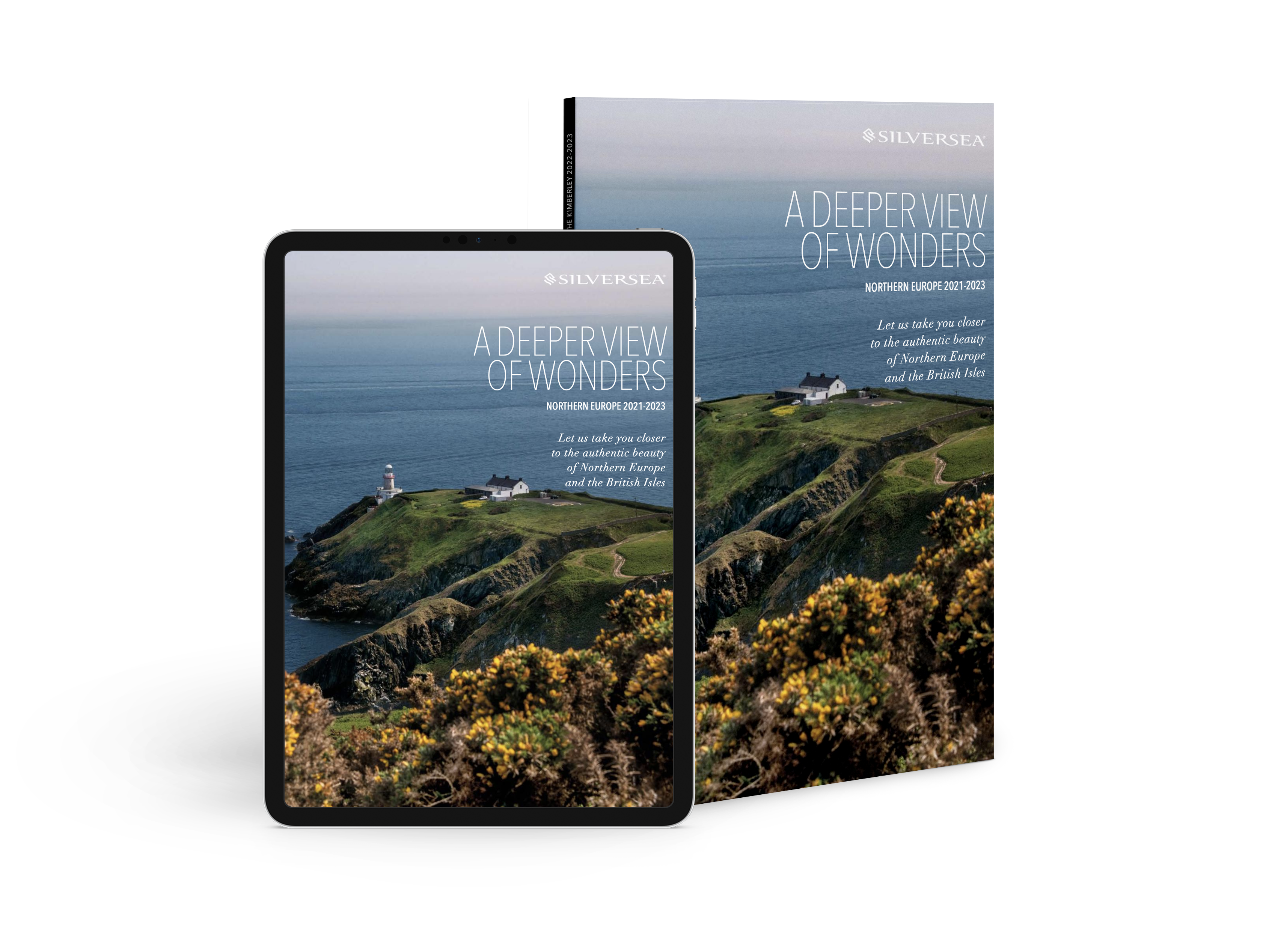Europe Du Nord & Îles Britanniques
Magie et mystère sous les aurores boréales
TROUVEZ VOTRE CROISIÈRE
Rêves de Europe Du Nord & Îles Britanniques
Partez avec Silversea et découvrez une expérience de voyage sensiblement plus personnalisée. Capables de naviguer facilement à travers d'étroits cours d'eau ou de longer la côte, nos petits navires vous emmènent au plus près des lieux visités, et peuvent notamment rejoindre la mer Baltique en passant par le canal de Kiel, tandis que les autres navires sont contraints de faire le grand tour.
C’est justement cette flexibilité et cette sensation de liberté qu’apprécient tout particulièrement les passagers Silversea.
-
-
-
-
-
-
-
-
-
-
-
-
-
-
-
-
-
-
-
-
-
-
-
-
-
-
-
-
-
-
-
-
-
-
-
-
-
-
-
-
-
-
-
-
-
-
-
-
Brochure des croisieres en Europe Du Nord

Demandez gratuitement votre brochure des croisières en Europe du Nord
Aller au bout des découvertes
NOS NAVIRES À DESTINATION DE L'EUROPE DU NORD & DES ÎLES BRITANNIQUES
Silver Cloud
Avec 20 Zodiacs flambant neufs, quatre restaurants sans pareils et un itinéraire d'expédition qui vous mènera d'un pôle à l'autre, Silver Cloud brise véritablement la glace entre le luxe et l'expédition.
- ÉQUIPAGE À BORD212
- CAPACITÉ D'ACCUEIL254
- SUITES127
- GASTRONOMIE À BORD4
- Dolce Vita
- Zagara Beauty Salon
- Pool Deck
- Réception
- Fitness Centre
- Connoisseur’s Corner
- Observation lounge
- Boutique
- Explorer Lounge
- Panorama Lounge
- Zagara Beauty Spa
- Studio Photo
Silver Dawn
Flambant neuf et annonçant une nouvelle ère, voici le Silver Dawn : notre dixième navire grand luxe venu joindre notre flotte en avril 2022 et qui parcourra tous les recoins du monde pour vous faire vivre des moments authentiques, en totale immersion.
- ÉQUIPAGE À BORD411
- CAPACITÉ D'ACCUEIL596
- SUITES298
- GASTRONOMIE À BORD8
- S.A.L.T. Bar
- S.A.L.T. Lab
- La Salle panoramique
- Casino
- Dolce Vita
- Centre de Fitness
- Otium Spa
- Observation Library
- Le Coin des connaisseurs
- Arts Café
- La piscine et l’espace jacuzzi
- Boutique
- Otium Beauty Salon
- Venetian Lounge